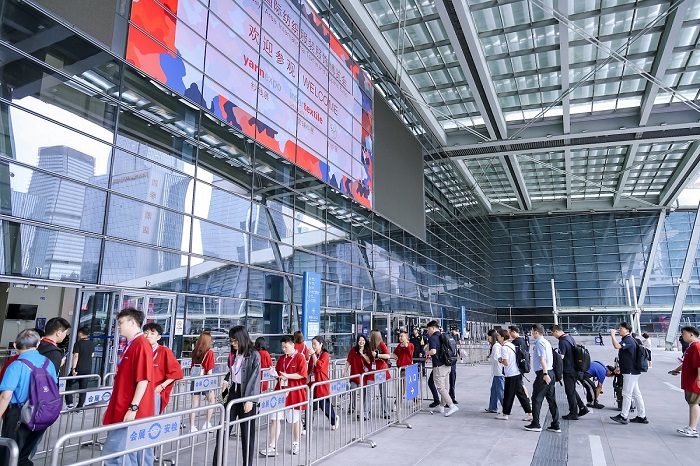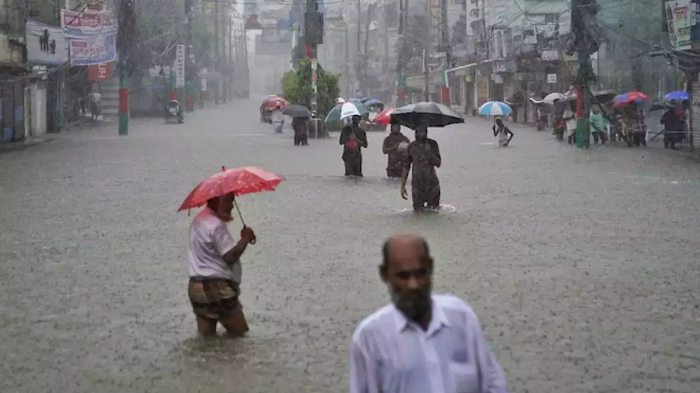India’s cotton output for the year is expected to be the lowest in eight years. Prices are expected to rise if El Nino weakens, exports increase and due to off-season demand. Higher prices will add cost pressure on the value chain, making yarn, fabric and apparel exports less competitive. The situation has been further aggravated by the appreciating rupee. Both higher cotton prices and the rupee movement are reducing international competitiveness of Indian value-added textile products. A stronger rupee will shrink revenues of exporters by lowering price realisation.
Prices in cotton futures market moved up seven per cent on reports of improving demand from China and domestic mills. India has already shipped around 6,00,000 bales to China since October. Indian traders have signed contracts to ship 8,00,000 bales of cotton to China as prices have rallied in that country. Moreover, cotton procurement by Cotton Corporation of India at minimum support price has also helped prices to cross Rs 21,000 levels.
China’s decision to impose 25 per cent import tax on cotton, in retaliation to tariffs enacted by the US, has allowed India to grab a bigger share of the Chinese market. The United States, the world’s biggest exporter of the fiber, has cornered the bulk of Chinese imports for at least a decade.
India’s cotton output falls to eight year low
- 1
- 2
- 3
- 4
- 5
- 6
- 7
- 8
- 9
- 10
Intertextile Shenzhen 2025: Redefining South China’s fashion landscape
Following the triumph of its 2024 edition, which drew nearly 20,000 visitors from 45 countries, Intertextile Shenzhen is set to... Read more
The Great American Jeans Race: A 2024 market share track record
Jeans, the quintessential American garment from cowboys to rock stars, rebels to runway models, denim has woven itself into the... Read more
China's lingerie sector faces uncertain future as US considers de minimis change…
The fate of Guanyun County, a rural community that has become a hub for China's online lingerie trade, hangs in... Read more
President Trump sparks fashion industry revolution with bold new policies
In a landmark presidential address, President Trump unveiled a sweeping set of policy initiatives aimed at revitalizing the American fashion,... Read more
The future of consumption, McKinsey predicts major changes by 2050
A new report by McKinsey & Company highlights the global consumption patterns, forecasting significant transformations in how and what the... Read more
Concerns mount as foreign apparel floods the Indian market
A wave of imported apparel is causing growing anxiety among India’s domestic clothing manufacturers. Industry leaders and trade associations are... Read more
Premiere Vision New York concludes with resounding success
Innovation and sustainability dominate discussions The latest edition of Premiere Vision New York, a key event for fashion and creative professionals,... Read more
As RCEP reshapes textile and apparel trade, is it a missed opportunity for India…
The Regional Comprehensive Economic Partnership (RCEP) has been in effect for over two years, and its impact on the textile... Read more
Birkin vs. Wirkin: When status met accessibility
The Wirkin phenomenon, a Walmart version of the iconic Hermès Birkin bag, sparked a debate about accessibility, status, and design... Read more
European Jeanswear showdown, a battle of the brands in 2024
The European jeanswear market is a fiercely competitive space, with numerous established manufacturers, brands and emerging contenders vying for the... Read more












